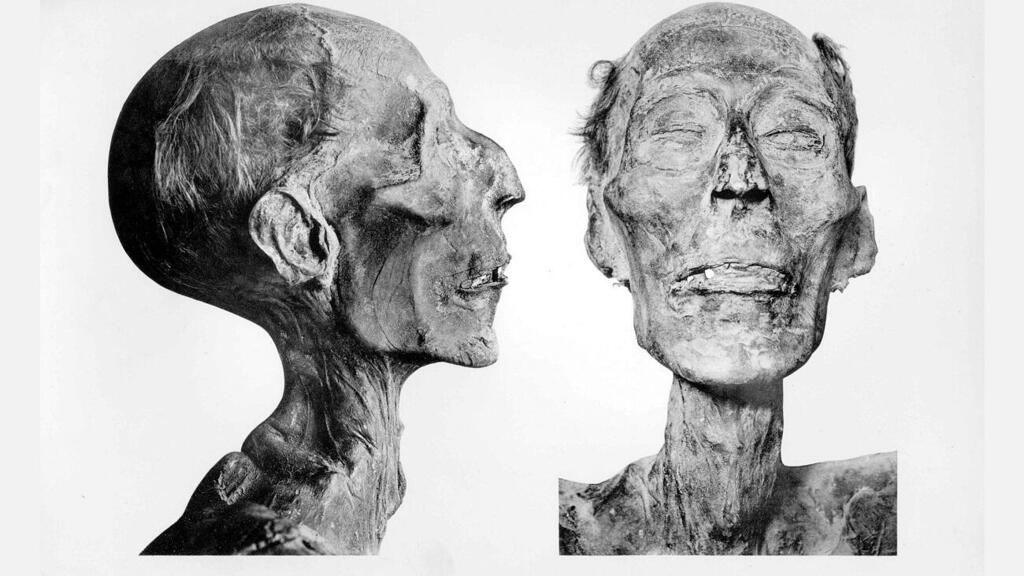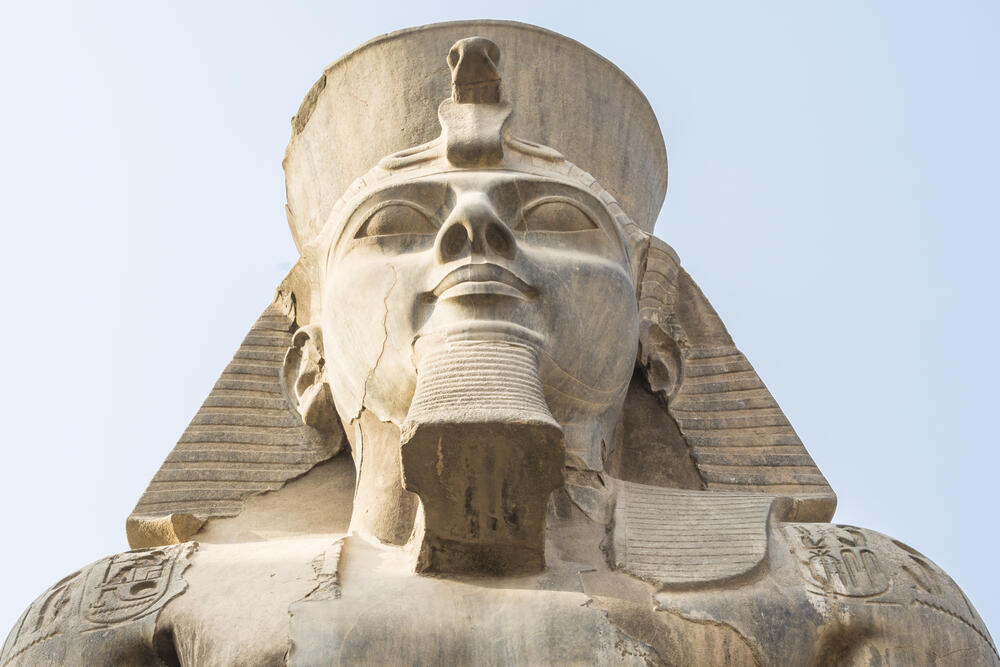Getting your Trinity Audio player ready...
Exciting news for ancient Egypt buffs: A team of scientists has digitally reconstructed the face of ruler Ramesses II, commonly believed to be the Egyptian pharaoh from the Book of Exodus in the Hebrew Bible.
The recreation, made using specialized CT software, shows an approximation of how the Egyptian monarch looked in his mid-40s and around his death at 90.
Caroline Wilkinson, director of the Face Lab at Liverpool John Moores University, said that imaging experts reversed the aging process to reveal the ruler’s face at the peak of his power.
Dr. Sahar Saleem, a professor of radiology at Cairo University who led the project, described the reconstructed image as "handsome".
"King Ramesses II was a great warrior who ruled Egypt for 66 years," Saleem said in an interview with scientific magazine auntminnieeurope.com. "Bringing Ramesses' face to life in his old age and as a young man reminds the world of his legendary status."
2 View gallery


The mummified remains of Ramesses II
(Photo: G. Elliot Smith; "Catalogue General Antiquites Egyptiennes du Musee du Caire: The Royal Mummies"; Wikimedia Commons)
Ramses II's mummy was originally discovered in 1881 in the Egyptian city of Luxor and can be found at the National Museum of Egyptian Civilization in Cairo.
Experts used CT scans of the mummy to create a 3D model of the pharaoh's skull, similar to techniques employed to rebuild evidence in criminal investigations.
Wilkinson then used computer-generated imagery (CGI) to add skin, eyes and hair from a database of pre-modeled facial anatomy. Saleem was on hand to provide insight into how those features would've been pronounced in Egyptian men at the time.
according to historical records, Ramesses II was born in 1303 BCE and assumed the throne upon the death of his father in 1279 BCE.
During his reign, he expanded the Egyptian empire's reach as far north as modern-day Syria. He died around 1213 BCE.
So far, historians and archaeologists have yet to find any evidence to support the claim that the Israelites were enslaved in Egypt or that the pharaoh's army was drowned in the Red Sea, as per the biblical account.


